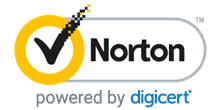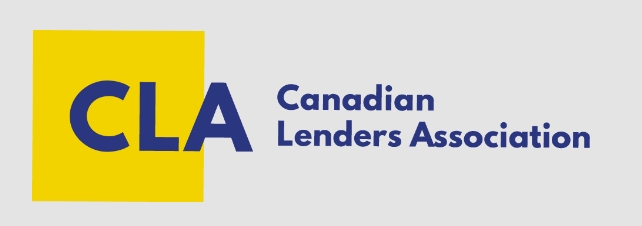Self-Employment Financial Checklist

Intuit, the financial software giant responsible for the Quicken line of products, has recently reported that they believe 45% of all Canadians will be self-employed by the year 2020. If you are or will be one of these Canadians, you will find yourself with a whole new set of things to think about when it comes to money.
Here is a quick financial checklist of all the things you want to make sure you have in order, if you are self-employed:
1. Make sure you’re saving money to pay your taxes
If you are selling a taxable product or offering a taxable service, you will be expected to charge sales tax and remit that sales tax to the federal and/or provincial government. You don’t want to get a huge bill you’re not prepared for at the end of the year, so keep track of taxes you should be charging, and collect them in a savings account to be paid out at tax time. Remember, even you choose not to charge your customers tax, you will still have to pay that sales tax to the government.
2. Ensure you are paying into your Canada Pension Plan
For employees of Canadian companies, the employer usually takes care of this. Since you are out on your own, you’re going to have to make sure it’s happening yourself.
3. Save your receipts
Save every receipt related to your business, as you will be able to write off much of it come tax season.
4. Document every transaction, especially if you accept credit cards
If you get a chargeback on a transaction made with credit, you will have to prove that A) You had the consent of the card holder to charge that amount, and B) that you delivered the product or service paid for.
5. Know your fees
Familiarize yourself with the fees that come along with business banking and accepting credit cards, and then choose the right institution for you. You will need to consider the projected volume of sales you expect to do in order to determine which provider to go with.
6. Pay your provincial medical insurance
Make sure you’re still paying for your medical insurance if you’re in a province that charges a monthly fee. In British Columbia, for example, many employers deduct the monthly Medical Services plan fee from paychecks. You will need to take on paying for it yourself.
7. Look into extended health care
Check out the different options available to you for extended health care. Most cities and towns have a Chamber of Commerce that offers its member's group insurance that rivals some of the best insurance packages offered by employers.
8. Keep things separate
Keep your personal finances and business finances separate as, eventually, you are going to have to account for pretty much every penny.
9. Plan for refunds
Keep enough cash in the bank to account for refunds. They do happen, no matter how well you treat your customers or how hard you work. You don’t want to be caught without enough to cover it.
10. Care about your credit
Remember that as a sole proprietorship, your own credit will affect your business credit greatly. You also have to keep in mind that overlooking your business credit can really slow down your day to day business operations, especially if you deal with suppliers who offer credit accounts. You now have twice as much reason to care about your credit.
Being your own boss is exciting and rewarding, but you’ve got to make sure you’re protecting yourself and your money while you do it. These tips are often overlooked by busy entrepreneurs, so use this financial checklist to get ahead of the game.
What tips do you have for entrepreneurs just starting out on their own? Let us know in the comments!





Leave a Reply